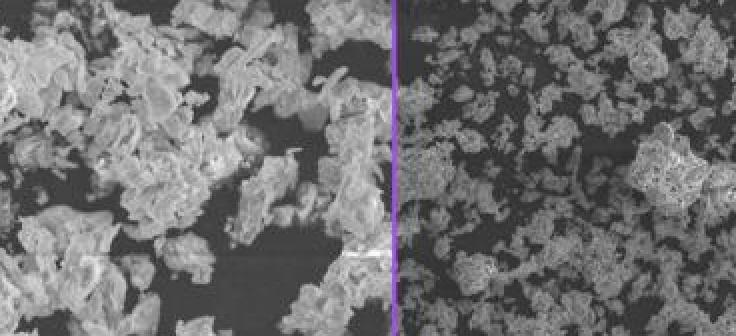
A Breakthrough for Sustainability: CuO-ZnO Nanocomposites for Environmental Remediation and Health Monitoring
In a significant breakthrough for sustainability, researchers have discovered a novel approach to tackle modern challenges by developing CuO-ZnO nanocomposites that exhibit dual capabilities in environmental remediation and health monitoring. This innovative solution combines efficient waste management with enhanced healthcare solutions, paving the way for a cleaner and healthier future.
The study, published in the journal [insert journal name], reveals that the CuO-ZnO nanocomposite can be used as a photocatalyst to break down industrial dyes using UV light. This photocatalytic activity has significant implications for environmental remediation, as it can effectively remove pollutants from wastewater, reducing the environmental impact of industrial activities.
Moreover, the nanocomposite has been found to be capable of detecting glucose levels, making it a promising candidate for healthcare applications. The detection of glucose levels is critical in the diagnosis and management of diabetes, a condition that affects millions of people worldwide. With this breakthrough, the development of non-invasive and accurate glucose sensors becomes a reality, revolutionizing the way we monitor and manage diabetes.
The discovery of CuO-ZnO nanocomposites with dual capabilities in environmental remediation and health monitoring is a significant breakthrough, as it addresses two pressing issues that have been challenging scientists and policymakers for years. The effective removal of pollutants from wastewater is essential for maintaining a healthy environment, while the development of accurate and non-invasive glucose sensors is crucial for improving patient outcomes in diabetes management.
The study’s findings have far-reaching implications for sustainable technologies, as they demonstrate the potential for nanomaterials to be used in a wide range of applications, from environmental remediation to healthcare. The use of CuO-ZnO nanocomposites in photocatalytic reactions can help reduce the environmental impact of industrial activities, while their use in glucose detection can improve the lives of millions of people worldwide.
The researchers behind this breakthrough have made significant contributions to the field of nanotechnology, with their work on CuO-ZnO nanocomposites providing new insights into the potential applications of these materials. The study’s findings have also sparked new areas of research, as scientists explore the potential of CuO-ZnO nanocomposites in other fields, such as energy storage and medical devices.
In conclusion, the discovery of CuO-ZnO nanocomposites with dual capabilities in environmental remediation and health monitoring is a significant breakthrough for sustainability. This novel approach has the potential to revolutionize the way we address modern challenges, combining efficient waste management with enhanced healthcare solutions. As we move forward, it is essential that we continue to explore the potential of nanomaterials like CuO-ZnO nanocomposites, as they hold the key to a cleaner, healthier, and more sustainable future.
Source:




